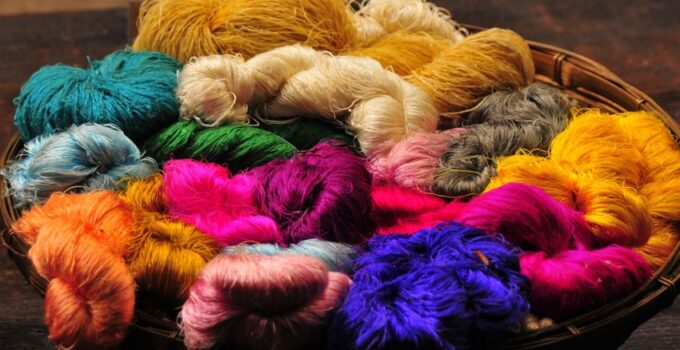For more than a few decades now, people have been encouraged to recycle. We are asked to reuse materials, to take something that’s “spent” and see if it can be turned into something new. It’s an effort to conserve limited resources, as well as figuring out how to get more out of what’s already been made. While most people think of plastics and paper recycling, it is possible to recycle textiles.
Is textile recycling a complicated process? Is it something anyone can do? Is it difficult and requires industrial tools? Just what does it mean to recycle a textile or piece of clothing? Well, today we’re digging into those questions by looking at the basic elements of what textile recycling is and what it means.
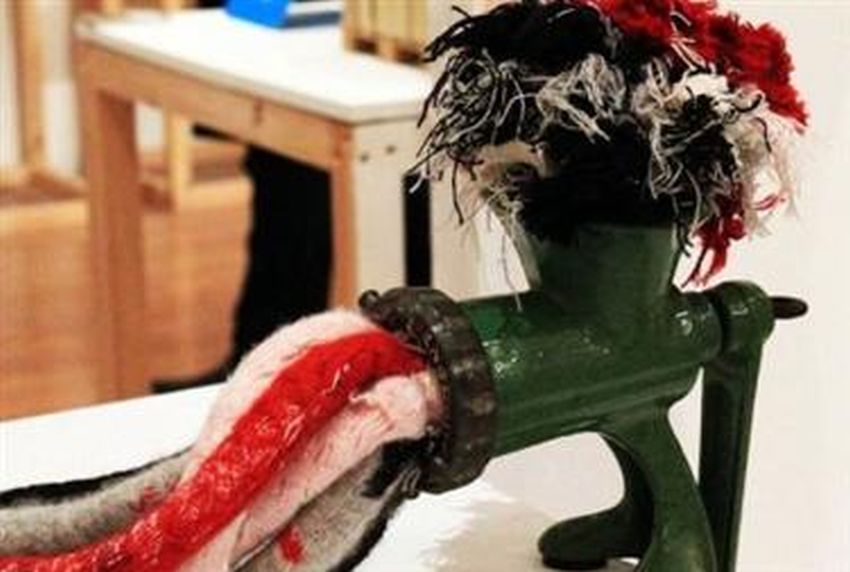
source:balkanmagazin.net
Page Contents
The Definition
Let’s break down what textile recycling is first. As the name suggests, it is a process that takes old clothing and textile products and putting them through material recovery. The garments involve collected or donated materials, sorting them, processing them, and then finding a new use for the recovered fibers and threads. Linens, threads, draperies, clothing, and more can be put through the process.
Why Recycle Textiles?
Now, why should this be done? Is it important to recycle garments that are no longer in use?
An estimated 80 billion articles of clothing are made per year. That results in about 16 million tons of waste, as clothing is torn, damaged, and the like. This is before we factor in textile-based footwear, along with things like sheets, pillowcases, and curtains. This creates a great deal of waste in landfills and dumps, which is problematic. Natural fibers can take centuries to break down and synthetic ones are designed to not decay at all.
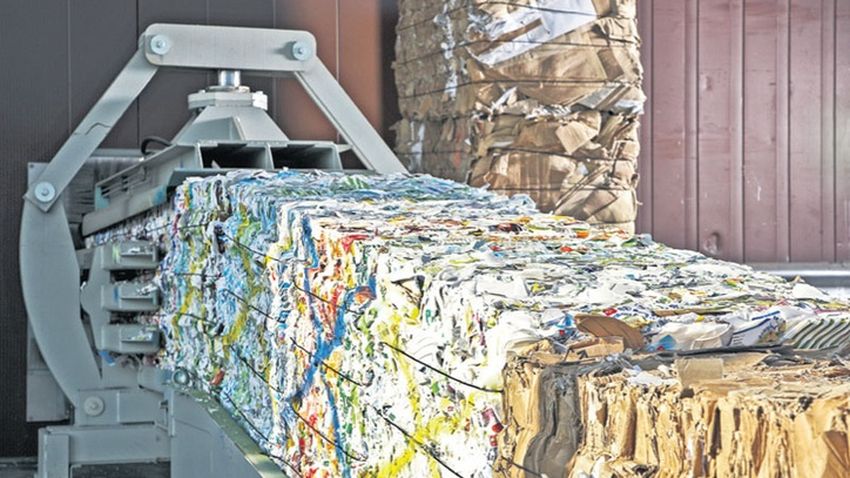
source:balkanmagazin.net
There are numerous environmental benefits to recycling your textiles. You’re going to cut down on space required in a landfill, for starters. Virgin fibers see a sharp decline in use. Energy and water used to make or process new fibers are reduced. The demand for dyeing is also reduced since the recycling process usually doesn’t strip a fabric of their color.
How Are Textiles Recycled?
So, now that we know what it is and why it’s important, let’s look at the process. Textiles come in two different forms, the natural and the synthetic. The process is a little different between them.
Sorting
For natural textiles, sorting is the first step. They’ll be separated by their materials first, such as wool or cotton. After that, they are sorted by their colors, so there is no need to re-dye them. This saves energy, lowers overall costs, and avoids generating additional pollutants.
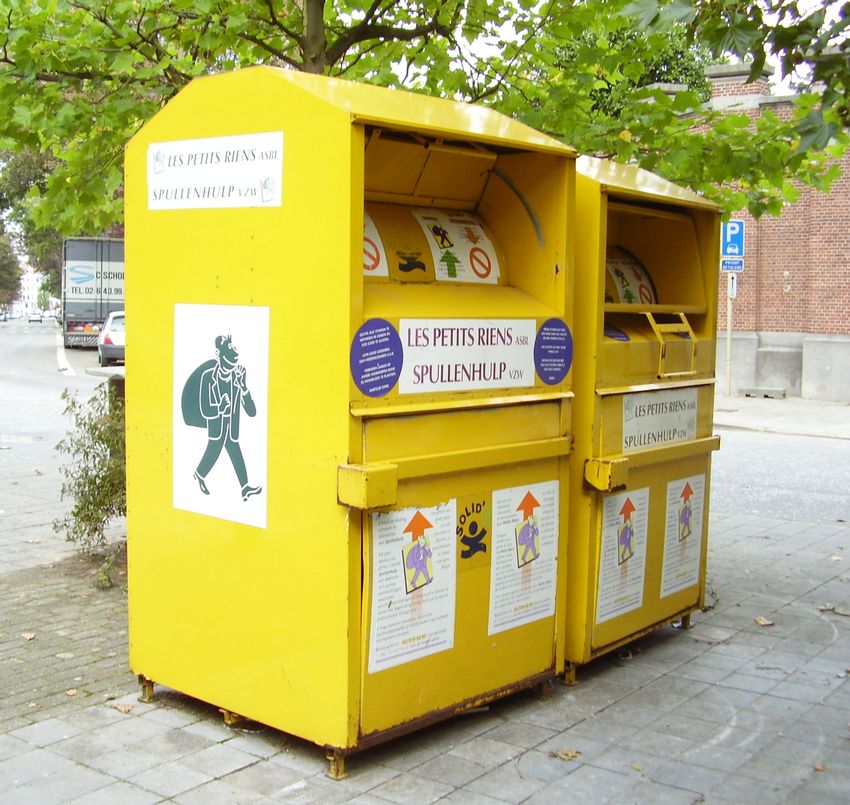
source:wikipedia.org
Shredding
The sorted textiles are then shredded, though they may also be pulled into individual fibers instead. In rare instances, other fibers might be introduced during this step. For obvious reasons, completing this step will render the article of clothing that used to be there into its most basic threads and fibers.
Cleaning
After it’s been broken apart, the resulting material is cleaned. It may also be mixed in what is known as carding, removing any unwanted materials. From this step, there are two possibilities. Some of the material will be compressed and packed, making them useful as filling for pillows and mattresses. However, a majority will be put through a spinning process.

source:trashisfortossers.com
Spinning
The spinning will vary, of course. According to xdknitmachinery.com, some of these recycled threads will be put through equipment from a circular knitting machine manufacturer, while others will go through a loom or other weaving machine.
For Synthetics
For synthetic fabrics, such as ones that are based on polyester, the process is different and much shorter. The garments or items are shredded, then allowed to granulate. This makes it easier to process them into small chips that are molten down. This liquid polyester is then used to create new fibers and respun into the fabric.
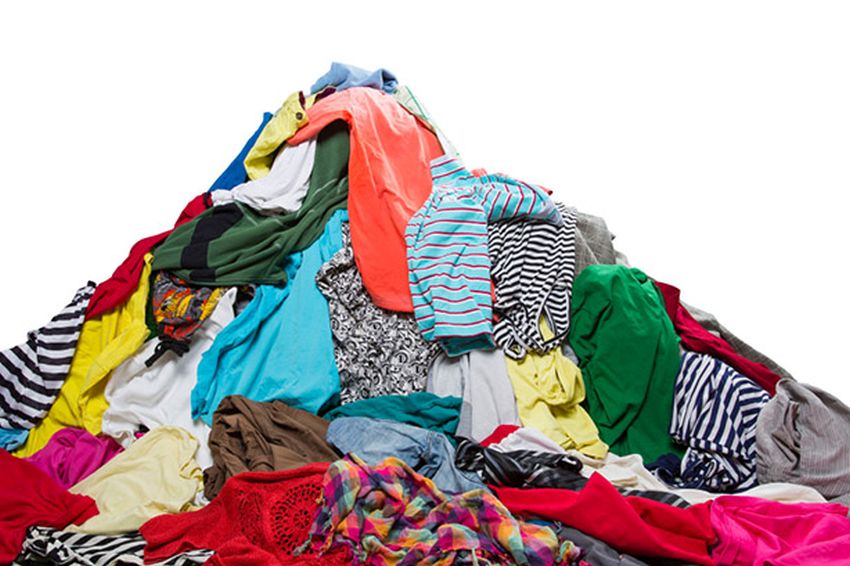
source:balkanmagazin.net
Where Do The Materials Come From?
Of course, for this to be viable, a lot of material has to be available to be recycled. This is true of any large-scale recycling operation. So where do these textiles come from?
Post-Consumer
The main source is from the post-consumer level. This means items like household linens, upholstery in vehicles, and garments that are damaged or otherwise discarded are the main source. Rather than be thrown into a landfill or incinerated, they are instead processed so they can be reused. Some of these might also be donated, whether by individuals or large companies like Nike.
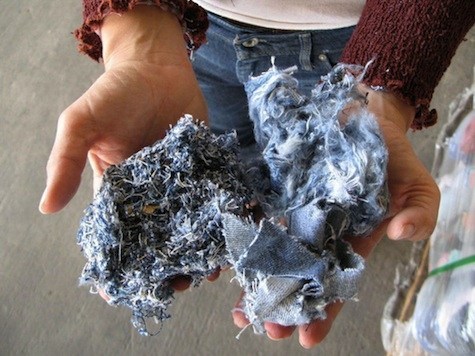
source:sourcingjournal.com
Pre-Consumer
The other source is pre-consumer. Scraps tend to be created during the manufacturing process of fabric. There’s also material that are made during the process of turning a textile into a product. Both of these can be collected and put through the recycling process, even being mixed with post-consumer fabric sources.
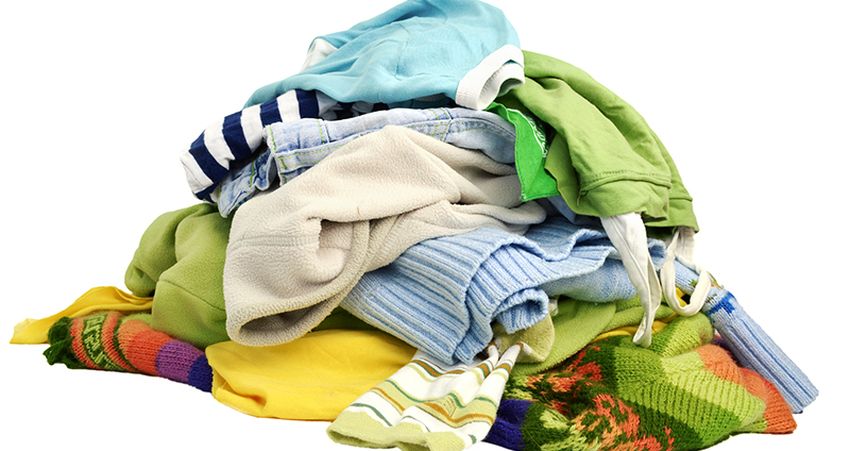
source:balkanmagazin.net
Conclusion
Textile recycling is something that is only slowly coming to the forefront. It has the potential to cut down on the waste generated by the textile industry, as well as giving new life to old clothes. It’s also good for the environment and reduces the strain on our limited resources.

